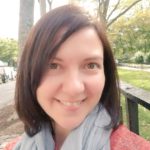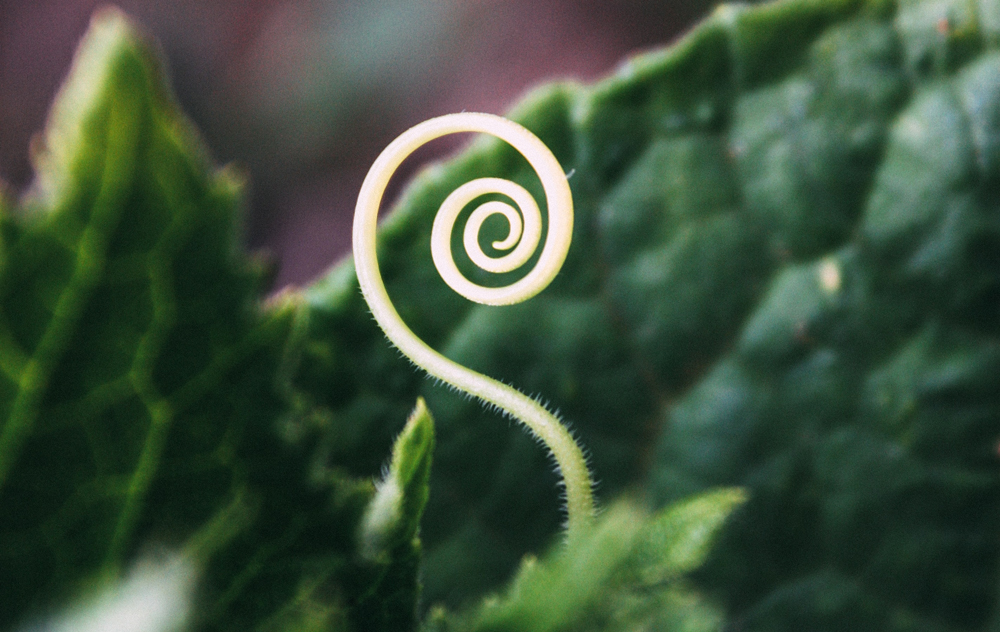I have stayed in New York City to bear witness to one of the most transformational times this city has ever seen — and to tell those stories. To keep my spirits up as I do that work, I lean on my biomimicry practice and nature’s examples of regeneration after trauma. In ki’s* 3.8 billions years, Earth has experienced ki’s fair share of destruction. Ki has lessons to teach us, and so I often find myself pulling up a proverbial chair to listen and learn (curious what ki and kin are all about? Keep reading).
Biomimicry, utilizing nature’s teachings in our own designs, provides us with a place to start and a compass to follow as we chart a course toward a better, brighter, and more sustainable future for all beings. As we now rebuild our cities in these uncertain times, biomimicry can help us clean the air, water, and soil the way that nature must do when ecosystems have been disrupted. Nature shows us how to effectively support life, drive our economies, and improve our collective health for all kin on Earth.
The field of biomimicry is truly beginning to take root in our society. Inspiration from nature’s systems and process is found throughout many academic and practical fields. The sustainable development principles of urban metabolism, the circular economy, and closed-loop manufacturing all have elements of biomimicry embedded in them. When aggregated together as nature does, they have the power to transform human-designed environments into living, breathing ecosystems like those we find in the natural world. Nature has much to teach us about how to recover and thrive after traumatic events.
Urban metabolism
As a discipline, urban metabolism documents and analyzes the flow of materials and energy in urban environments. One of its main goals is to study how nature’s systems and human-made systems interact and influence one another. In 2008, industrial ecologist Christopher Kennedy and his research team published a paper titled The Changing Metabolism of Cities. In it, they detail a framework that attempts to capture and account for, “the sum total of the technical and socio-economic process that occur in cities, resulting in growth, production of energy, and elimination of waste.” It’s this accounting that makes urban metabolism, and its relationship to biomimicry, an increasingly important tool in our effort to measure the impacts of climate change and use those measures to make decisions about sustainable urban development, particularly in a world so altered by the COVID-19 pandemic.
Metabolism of Cities is a community-run platform that offers tools, news, research, and data about the work being done in the urban metabolism community across the globe.
Circular economy and closed-loop manufacturing
Biomimicry teaches us that nothing goes to waste. Waste products from one part of an ecosystem are reused, recycled, and even upcycled by other organisms to create new life. We can readily see this when fungi emerge to break down a fallen tree or when we use our food scraps for fertilizer in our gardens. This is not how most of our economy and manufacturing processes work today. According to The Circular Gap Report, presented at the 2019 World Economic Forum Annual Meeting in Davos, less than 9% of today’s global economy is circular. By contrast, nature’s economy is 100% circular. If we made it our mission to embrace biomimicry and operate our economy as nature does, our planet and all kin who call ki home would be exceedingly healthier and more sustainable. This trifecta of pandemics is giving us a chance to reset, to collectively pause and ask, “How do we best move forward now?” The future isn’t linear—cradle to grave; it’s circular—cradle to cradle. That idea has never been more clear or urgent than it is now.
COVID-19, the fight for social justice, and our decimated economy have given us a window of opportunity to accelerate our work toward a sustainable future. It is a window for which we paid a very steep and agonizing price. To honor those we lost in our recent,brutal battles, and to make meaning of all the pain it’s brought to so many people, we have to come together and work toward building a world that’s better than it’s ever been before. We have this monumental moment to choose life, to choose health, and to choose a better tomorrow. Nature wouldn’t waste it, and neither should we.
*In the English language, we often use the pronouns she, he, them, and their derivatives to refer to people or personhood. But what about the other living beings with whom we share this planet? Why do we refer to them as “it”, a pronoun that lacks life?
In an effort to show respect and honor for all life, celebrated botanist and author Dr. Robin Wall Kimmerer turned to her ancestral Potawatomi language. The Potawatomi are a Native American people of the Great Plains, upper Mississippi River, and western Great Lakes region. They traditionally speak the Potawatomi language, a member of the Algonquian family.
Potawatomi has a word Aakibmaadiziiwin meaning ‘a being of the earth’. Dr. Kimmerer has suggested that the word’s syllable “ki” could serve as a singular pronoun to represent all life, and “kin” would be the plural. This idea resonates deeply with the principles of biomimicry as we look to all beings with whom we share this planet as our elders, teachers, and mentors.
In her beautiful piece about this grammar construct in Orion Magazine, Dr. Kimmerer acknowledges that changing language is a difficult process, but one that is well worth the effort. It is our intention to be a part of that process, to lift up all life as having value and worth, and so we have adopted “ki” and “kin” in this piece as our preferred pronouns.
Read more about Dr. Kimmerer’s thoughts on the language of nature here.
 Christa Avampato is a writer and the founder of Double or Nothing Media in New York City. She is currently a graduate student in the Biomimicry Program at ASU.
Christa Avampato is a writer and the founder of Double or Nothing Media in New York City. She is currently a graduate student in the Biomimicry Program at ASU.
Twitter: @christanyc | Instagram: @christarosenyc

